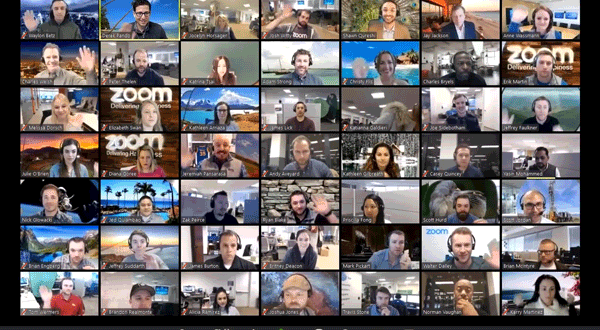Gazing Back Into the Social Media Crystal Ball
 While lots of people online are making predictions about all kinds of things for the year ahead, I like to look back at the predictions that were made for the year that is ending. Did anyone get it right?
While lots of people online are making predictions about all kinds of things for the year ahead, I like to look back at the predictions that were made for the year that is ending. Did anyone get it right?
Clearly, the pandemic wasn’t on anyone’s radar in December 2019 although the first signs of it in China were starting to emerge then. That is the story of the year and it is hard to find any industry or sector that wasn’t affected by it.
I’m just looking here at social media which played a large role in not only the pandemic but also in the American Presidential election.
Social media has moved in the same way that the Internet itself has moved – from a social sharing place to a marketplace. Whether you are selling CBD oil or a candidate, social media (SM) is part of your strategy.
One prediction was that Facebook and other SM would get more expensive in 2020 was a safe bet. But the bigger story was the pressure on the big platforms (but especially Facebook) to control fake accounts, posts, news and its promotion.
Things still went viral but some controls were put in place, though more is needed. AI is playing a bigger role but human intervention and monitoring are still needed.
In January 2020, I read that worldwide there were 3.80 billion social media users. That was about a 9 percent increase (321 million new users) from the previous year. Globally, more than 5.19 billion people now use mobile phones, with user numbers up by 124 million (2.4 percent) over the past year.
Listing the top SM sites early in the year as (in order) Instagram, YouTube, Facebook, Twitter, TikTok, Pinterest. and Snapchat, is a numbers game and those rankings varied a bit throughout the year as earnings were reported to stockholders based on users and user growth.
I don’t see LinkedIn listed there but it certainly has a place in the more serious and business-oriented side of SM. LinkedIn advertising costs took a jump up in cost per click (CPC) when the platform released objective-based advertising back in early 2019. All the platforms have had to do similar things and Facebook was both publically called out for its ability to target ads very specifically and privately by marketers praised and
Another prediction was a further increase in using high-value video content. Facebook, IGTV and YouTube content in social marketing and the more subtle simple sharing of content certainly increased.
A much longer list (75 SM sites) might include some that you have never used or heard of and perhaps don’t even think of as SM, such as GoodReads, Flickr, Twitch, or ones that are foreign, like Skyrock in France.
And, of course, predictions for 2021… like these from socialmediatoday.com
 Recently, I read an article about
Recently, I read an article about 
 There is definitely some psychology to design. And UX design is definitely about organization.
There is definitely some psychology to design. And UX design is definitely about organization.